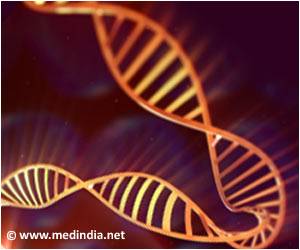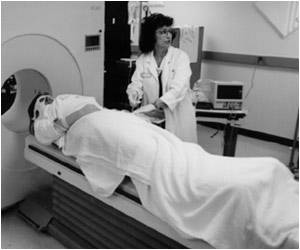
"We have a biomarker (indicator) that is elevated in the blood of players with a concussion," said lead researcher Dr Pashtun Shahim, from the department of neurochemistry at Sahlgrenska University Hospital in Molndal. "The level of T-tau within the first hour after concussion correlates with the number of days you have symptoms. We can use this biomarker to both diagnose concussion and to monitor the course of concussion until the patient is free of symptoms."
According to Shahim, elevated T-tau level causes dizziness, nausea, trouble concentrating, memory problems and headaches.
The study involved hockey players who commonly suffer from concussion problems. Reuters reported that the new method is so effective that doctors can find out about the problem in an hour.
"In ice hockey and other contact sports, repeated concussions are common, where the brain has not finished healing after the first blow," Henrik Zetterberg of the Sahlgrenska Academy at the University of Gothenburg, who led the study, told Reuters.
In the US, around 1.6 million to 3.8 million sports-related concussions are reported annually.
Advertisement
Source-Medindia















